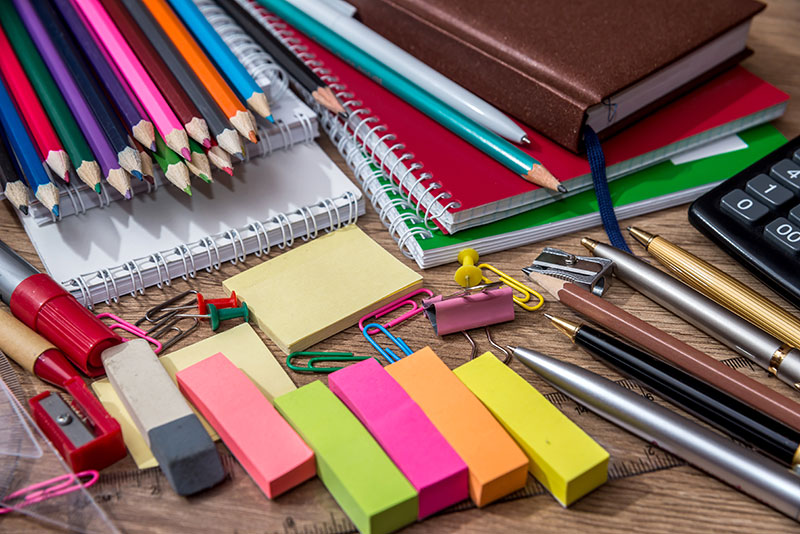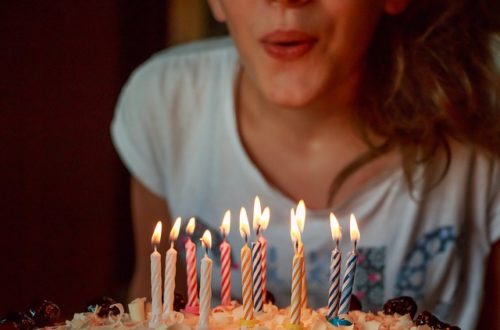Wow – summer really is winding down. Whether your kids are getting ready for school to start or if they have already started, here are some Environmental Working Group’s tips about school supplies that are safer than others.
BACKPACKS:
Select backpacks that are made with natural fibers. If you can’t find cotton or hemp backpacks, choose polyester or nylon. Stay away from backpacks made with PVC or #3 plastics on the label
LUNCH BOXES:
Choose lunch boxes that don’t have lead paint, PVC, BPA or antimicrobial chemicals. Be careful of products made in 3rd-world countries because they may use leaded paint even when they don’t state that on their labels. It’s best to choose reusable containers or those made of lightweight stainless steel or plastics #1, 2, 4 or 5.
BEVERAGE BOTTLES:
Send you kids’ beverages in reusable BPA-free plastic, aluminum, or stainless steel containers. Don’t use commercial bottled water because it’s expensive, produces huge amounts of waste, and the water quality is the same as filtered tap water.
MARKERS:
Crayons are made from paraffin wax, which is a petroleum product, so buy crayons that are made with soy or beeswax. Permanent markers and dry-erase pens have solvents so buy sparingly if necessary. Scented markers encourage kids to smell chemical fragrances that have unknown chemicals. Not good.
PENCILS and PENS:
Use reusable pens that have ink refills to reduce waste. Buy pencils made from sustainable wood or recycled newspapers.
NOTEBOOKS and BINDERS:
Avoid buying binders and spiral notebooks that have plastic covers on them. They’re usually made from #3 plastic (PVC). Instead, buy products made with recycled cardboard or natural fibers.
PAPER:
Buy paper that is made from at least 30% post-consumer recycled paper that isn’t whitened with chlorine bleach. Or, purchase paper made from alternative fibers or from sustainably-managed forests. For toilet tissues or paper towels, use 100% recycled without chlorine bleach. Avoid products with fragrances and dyes.
GLUE:
Glue sticks and school glue (white, yellow or clear) are the best option for adhesives. Water-based glues are okay, even though they are made from petrochemicals. Best to stay away from super glues, epoxies, modeling glue, and rubber cement because they contain toxic solvents.
Susan Tatsui-D’Arcy is the founder of Merit Academy (one-on-one classes) and Merit Educational Consultants (college and educational advisory). She has written books on projects, free child care, education, and parenting. Susan hosts TEDxMeritAcademy for students to present their innovative projects and solutions. In 2019, she was California Mother of the Year.meritworld.com








